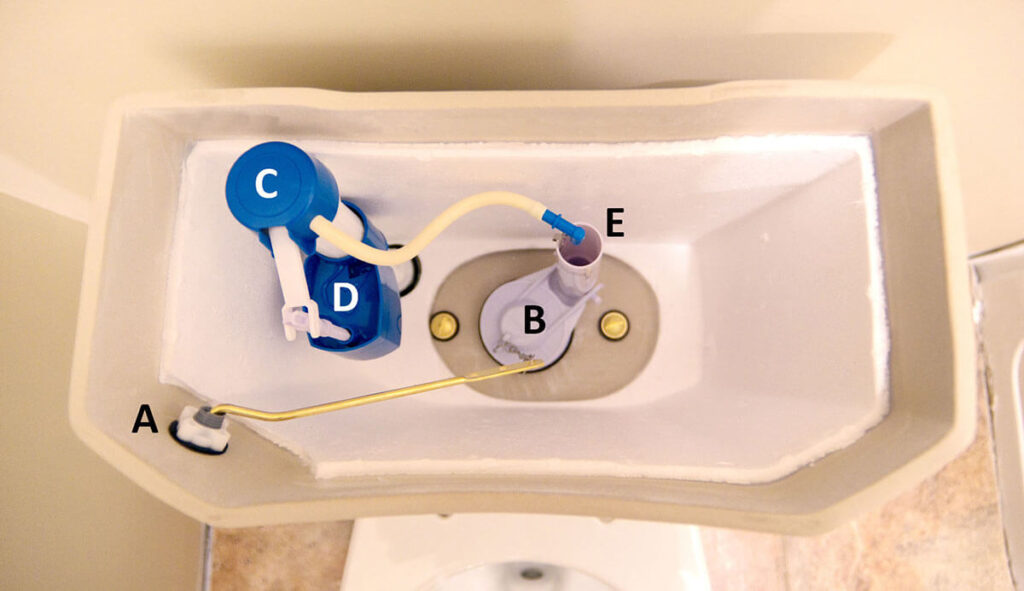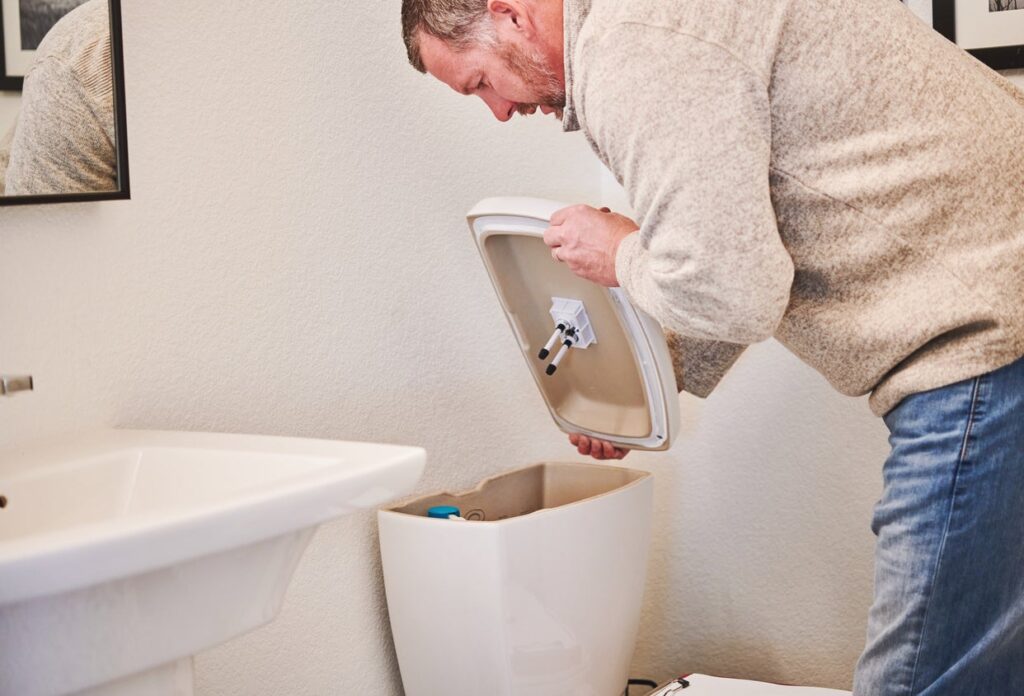Crude oil is often referred to as the lifeblood of the global economy, and its prices are closely monitored by governments, industries, and investors worldwide. Among the various crude oil benchmarks, West Texas Intermediate (WTI) is one of the most prominent. Understanding the WTI crude oil futures contract, including its quotes and what they signify, is essential for anyone involved in the energy sector, commodities trading, or economic analysis.
WTI Crude Oil Futures: An Overview
Before delving into WTI crude oil quotes, let’s briefly explain what WTI crude oil futures represent. WTI is a high-quality, sweet crude oil primarily produced in the United States, with a delivery point in Cushing, Oklahoma. WTI serves as a vital pricing reference for crude oil in North America and beyond. WTI crude oil futures contracts are standardized agreements to buy or sell a specific quantity of WTI crude oil at a predetermined price and date in the future.
See Also: Why is the Water in my Toilet Always Moving? – Fox Plumbing & Heating

Understanding WTI Crude Oil Quotes (CLJ24):
Ticker Symbol (CLJ24)
The ticker symbol “CL” represents crude oil futures, and “J24” indicates that the contract is for delivery in March 2024. Futures contracts have different expiration months, denoted by letters (e.g., F for January, G for February, H for March). Each year, new contracts are created for different months.
Price
The quoted price represents the cost of one barrel of WTI crude oil for the specified futures contract. For example, if the quoted price is $60, it means that one barrel of WTI crude oil for delivery in March 2024 costs $60. This price is influenced by various factors, including supply and demand dynamics, geopolitical events, and economic conditions.
Bid and Ask Prices
In addition to the quoted price, you’ll typically see bid and ask prices. The bid price is the highest price a buyer is willing to pay for the futures contract, while the ask price is the lowest price a seller is willing to accept. The difference between the bid and ask prices is known as the spread.
Volume
Volume refers to the number of contracts that have been traded for the specified futures contract on a given trading day. Higher volume often indicates increased market activity and liquidity.
Open Interest
Open interest represents the total number of outstanding contracts for the specified futures contract. It includes contracts that have not yet been offset by an opposite trade or fulfilled by delivery. High open interest suggests a liquid and active market.
Change
The change value shows the difference between the current day’s quoted price and the previous day’s closing price. It reflects the day’s price movement.

Using WTI Crude Oil Quotes:
WTI crude oil quotes provide valuable information for a range of stakeholders:
Traders and Investors
Traders use WTI crude oil quotes to make informed decisions about buying or selling futures contracts. Investors may use these quotes to assess their exposure to the energy sector.
Energy Companies
Energy companies monitor WTI crude oil quotes to gauge the market value of their oil reserves and make strategic decisions about production and hedging.
Economists and Analysts
Economists and financial analysts track crude oil prices, including WTI, as a key economic indicator. Changes in oil prices can have far-reaching effects on inflation, consumer spending, and overall economic health.
Governments and Policymakers
Governments and policymakers use oil price data to formulate energy policies, assess fiscal impacts, and plan for energy security.
Conclusion
Understanding WTI crude oil quotes, such as CLJ24, is essential for anyone with an interest in the energy sector or commodities trading. These quotes provide valuable insights into the current and future pricing of WTI crude oil, a commodity that plays a pivotal role in the global economy. Whether you’re a trader, investor, energy industry professional, economist, or policymaker, keeping a close eye on WTI crude oil quotes is crucial for informed decision-making and economic analysis.
More to read
How SEO Online Marketing Can Transform Your Business
Exploring the Distinction Between SEO and Online Marketing



